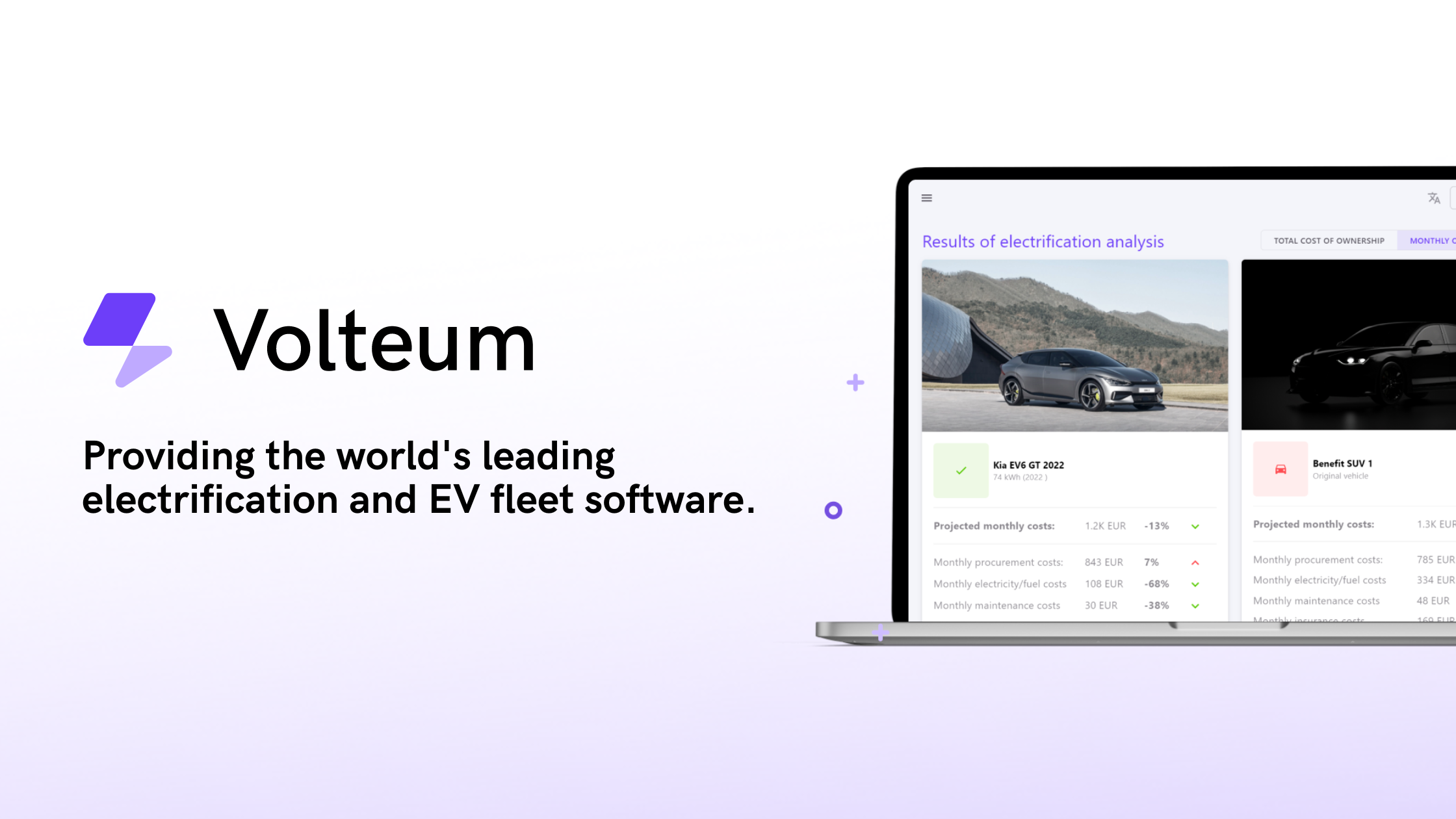What is a Plug-in Hybrid Electric Vehicle (PHEV)?
Apr 17, 2024 · 3 min read · glossary
As we dive deeper into the world of electric vehicles in our EV Fleet Glossary series, we now turn our attention to a unique blend of the electric and internal combustion worlds - the Plug-in Hybrid Electric Vehicle, or PHEV.
Definition
A plug-in hybrid electric vehicle is a type of hybrid vehicle that combines a gasoline or diesel engine with an electric motor and a rechargeable battery. Unlike conventional hybrids, PHEVs can be plugged in to charge their batteries - hence the name 'plug-in’ -, allowing them to operate on electric power alone for a certain distance before the internal combustion engine (ICE) is needed.
Relevance in fleet electrification
In theory, PHEVs were promised to offer the best of both worlds—electric power for short trips and a gasoline engine for longer distances. The expected benefits included:
- Flexibility: Seamlessly switch between electric and gasoline power.
- Fuel savings: Reduced fuel consumption by relying on electric power.
- Lower emissions: Reduced emissions when operating in electric mode.
- Incentives: Financial benefits through government incentives.
However, in practice, the reality is less favorable. PHEVs often rely more on their gasoline engines than expected, especially when charging infrastructure is limited or drivers do not regularly charge the vehicle. This leads to higher emissions and operating costs than initially anticipated.
PHEVs have also been marketed as a smooth transition option for fleets not yet ready to commit fully to electric vehicles as they offer a familiar driving experience with the comfort of a gasoline backup. However, given the rapid advancements in BEV technology, transitioning directly to BEVs is ultimately a better solution. BEVs now provide the range, reliability, and charging infrastructure needed for most fleet operations, without the complexities and potential drawbacks of maintaining a dual-power system. This direct shift not only aligns more effectively with long-term sustainability goals but also ensures greater cost-effectiveness and operational efficiency.

Fleet electrification with Volteum’s solutions
Volteum assists businesses in making a smooth transition to battery electric vehicles with comprehensive fleet analysis and tailored recommendations. Our solutions are fully customizable, allowing companies to adjust preferences based on their specific operational needs. We provide detailed calculations of the total cost of ownership and emissions for BEVs, ensuring that your fleet transition is both cost-effective and environmentally friendly. This approach aligns perfectly with long-term sustainability goals and helps businesses optimize their fleet operations for the future.
While PHEVs initially seemed like a promising step towards electrification, their practical drawbacks have become apparent. With reliance on gasoline engines leading to higher emissions and operating costs, and advancements in battery electric vehicles offering superior range and infrastructure, BEVs have emerged as the better option for fleet electrification. Although transitioning to an all-electric fleet might seem challenging for many companies, Volteum’s tailored solutions and expert guidance help streamline the process and align it with long-term operational goals to maximize both efficiency and environmental benefits.